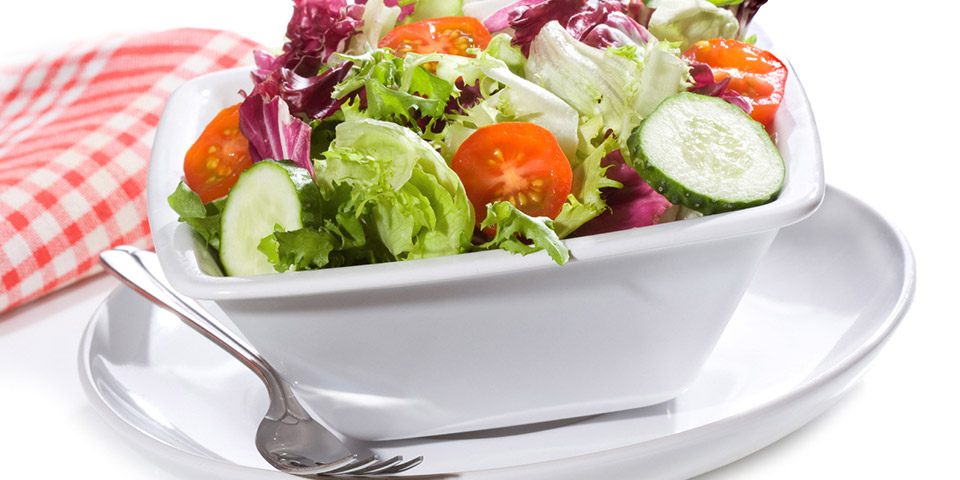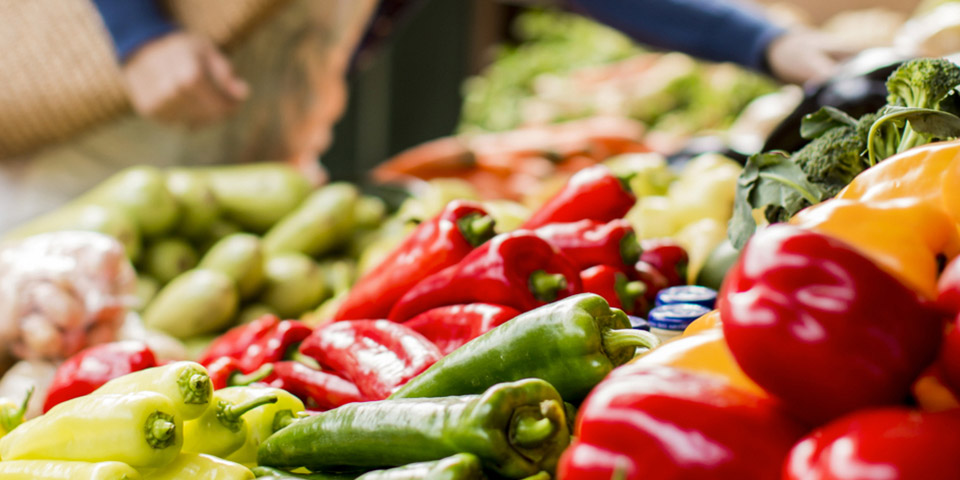
Information

Fresh Potatoes, Fruit and Vegetables are items that are now on everyone’s shopping list all over the world. How can you ensure that people buy even more of these products?
“Achieving growth in the market for fresh products is similar to convincing consumers to spend more money on the latest smartphone”, says Anne-Marie Roerink, director at 210 Analytics (an American market research company, specialised in food retailing). According to Anne-Marie, you can achieve this by making optimum use of the four leading principles for category growth:
The days in which people only ate vegetables for dinner are long gone. Roerink: “Supermarkets are trying to encourage consumers to eat fresh produce more often, by offering them for every meal: breakfast, lunch, dinner, but also snacks and drinks, including fresh fruit water and smoothies.” Factor in the younger generation who no longer stick to the standard 3 meals per day, but instead eat all sorts of snacks and you will see that the sales of salad meals and snack vegetables are on the increase.

As a sector, you can also emphasise the specific benefits, such as: rich in vitamin C, anti-oxidants and fibre, so that people are more likely to opt for fresh produce instead of nutritional supplements. Finally, you could of course make the purchase as easy as possible by offering pre-cut vegetables and - for example - moving products to another department, such as the meat section. Like Roerink, Hans Verwegen is an expert in the field of international markets for fresh produce and he says the following: “Supermarkets are increasingly experimenting with product ranges that are based on specific meal times, instead of on a product category. The summer BBQ is a good example of this, with a focus on sweet peppers, pumpkins and other vegetables for grilling.”
“In the United States, people shop for food much less often than in Europe, on average 1.5 times per week,” says Roerink. “In order to encourage sales, American supermarkets focus on creating an attractive and inspiring fresh produce section, with a wide range of high-quality products at a competitive price. In addition, they try to optimise the number of times that consumers purchase fresh products - when they are already in the store anyway - by means of an attractive presentation, special offers and cross sales. Finally, they want to use social media, SMS, apps, e-mails and leaflets outside the store to build a relationship with consumers and encourage them with attractive offers or tasty recipes to buy fresh products more than once per week.”
It is also difficult to get customers more often into the stores in Europe. Research by the market research company GfK reveals that the Dutch consumer visited the supermarket an average of 99 times in 2017. “However, most supermarkets are relying on price-based offers due to the decreasing visit frequency. Instead of creating more purchasing moments, the opposite is in fact achieved,” says Verwegen.

“The American supermarkets probably have the biggest chances of succeeding here,” according to Roerink. “From organic, locally grown products to (processed) products with added value and brands. About 10% of the total expenditure on vegetables is spent on organic vegetables, but this does account for 20% of the total growth. Cut vegetables are in high demand as a solution for consumers who are short on time and they are contributing to enormous growth, much more than fruit. In addition, producers’ brands are playing an increasingly prominent role in the fresh produce section and consumers associate these with quality, reliability and safety.”
All these factors combined create an opportunity for increased turnover and profit for retailers. Roerink: “An even greater profit can be achieved by telling the consumers about the benefits of and the story behind the products.” Verwegen mentions the tomato as an example: “The flavour determines the price. Prices vary a lot: from €2 to €20 per kilo. Many Northern European supermarkets have an own-brand system, including cheap and more expensive products. A truly unique excellent product that is marketed under the name of the producer can contribute to the acceptance of higher prices.”
“Fresh products are primarily bought with the eyes,” says Roerink. “Poor quality or an imperfect appearance can result in consumers deciding against a planned purchase, even if the product is attractively priced. The sector can work together to optimise the quality, freshness and diversity. In addition, a good execution can encourage impulse buying. Attractive displays, tasting sessions, attractive offers and enthusiastic employees are efficient ways of encouraging impulse buying. American supermarkets invest in the so-called fresh experience and service, so that consumers will stop at the fresh produce section during each supermarket visit. Because an attractive fresh produce section offers benefits for everyone.”
They can do this in Europe too. “By paying attention to the presentation, the layout of the section, regular updates to the product range and offering seasonal products, supermarkets try to convince consumers to spend more than they originally planned to spend. We can look to other sections within the store, in other countries and in other retail segments for inspiration. As a player in the supply chain, we recommend looking at fruit and vegetables from the consumer’s perspective: visit stores and develop ideas that will allow you to create value. Based on the four leading principles, I am convinced that the PFV sector still has sufficient growth potential,” Verwegen concludes optimistically.